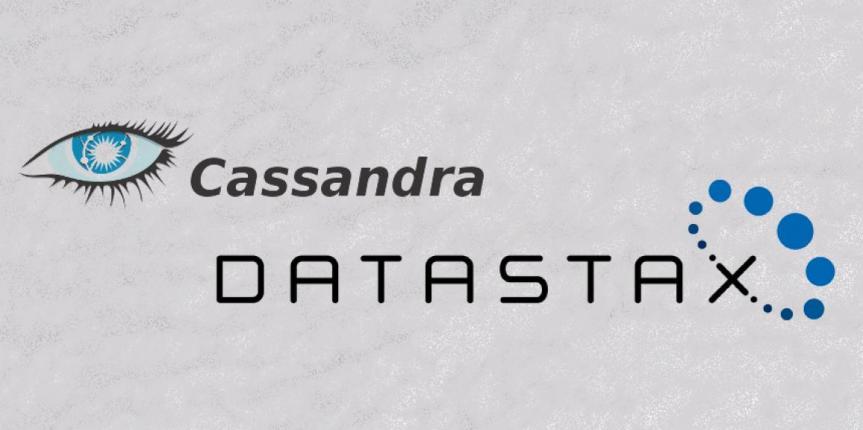
DataStax has announced the release of DataStax Enterprise 4.7, the latest version of its Apache Cassandra database platform for enterprise applications.
DataStax Enterprise (DSE) 4.7 includes a production-certified version of Cassandra 2.1, and it adds enhanced enterprise search, analytics, security, in-memory, and database monitoring capabilities. These include a new certified version of Apache Solr and Live Indexing, a new DSE feature that makes data immediately available for search by leveraging Cassandra’s native ability to run across multiple data centers.
(Related: DataStax gets ready for graphs after Aurelius acquisition)
The main features and updates in DSE 4.7 include:
- Extended Search Analytics: Developers can utilize Solr search syntax in conjunction with Apache Spark’s Spark SQL to extend Spark analytic query capabilities in DSE 4.7 to run search and analytics tasks simultaneously on the same machine.
- Intelligent Search Query Routing: Search queries can now be transparently routed to the best-performing machines in a cluster, which automatically ensures the fastest possible response times for each individual search request.
- Fault-Tolerant Search Operations: Developers can customize how a failed search query is handled, including delivering partial responses that provide an approximation of search results, or default to a full retry.
- Upgraded Analytics Functionality: A new certified version of Spark version 1.2, along with support for machine learning and Oracle’s Java Database Connectivity API. DSE’s in-memory option has also been improved to address up to 50x more RAM in version 4.7.
DSE 4.7 also adds enhancements to security and encryption through integration with the DataStax OpsCenter 5.2 visual-management and monitoring console. Using OpsCenter, developers can store encryption keys on servers outside the DSE cluster and use the Lightweight Directory Access Protocol to manage admin security.
“With OpsCenter 5.2, we’ve made it easier to provision multiple data centers and clouds in point-and-click fashion,” DataStax vice president of products Robin Schumacher wrote in a blog post. “In addition, it’s easier to monitor the performance of a database across [data centers] and understand the latencies between each [data center] that is included in a database cluster.”






